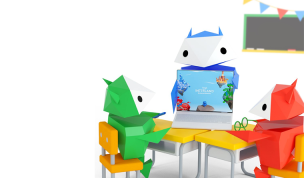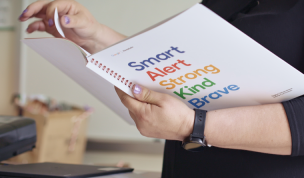Can children eat too much fruit

There is no doubt that Australian children love their fruit.
As a country, we encourage our children to snack on fruits regularly and understand the importance of providing kids with a healthier alternative to chocolate and sweets, but have you ever wondered how much fruit your kids should eat in a day? Is there such a thing as too much fruit?
How much fruit should my child eat?
Depending on the age of your children, the Australian Dietary Guidelines suggest children should be eating between 0.5-2 serves of fruit each day. To help guide you with this, one serving of fruit is roughly equal to half a cup – for example one medium apple or banana.
It is estimated that children are eating more fruit than is currently recommended by the guidelines, which often comes at the cost of eating the recommended amount of vegetables – between 2-5 depending on their age.
- Age of child (1-2) Recommended serves of fruit per day (0.5) Recommended serves of vegetables per day (2-3)
- Age of child (2-3) Recommended serves of fruit per day (1) Recommended serves of vegetables per day (2.5)
- Age of child (4-8) Recommended serves of fruit per day (1.5) Recommended serves of vegetables per day (4.5)
- Age of child (9-11) Recommended serves of fruit per day (2) Recommended serves of vegetables per day (5)
- Age of child (12-13) Recommended serves of fruit per day (2) Recommended serves of vegetables per day (5.5)
- Age of child (14-18) Recommended serves of fruit per day (2) Recommended serves of vegetables per day (5.5)
It’s always a good idea to try and pair fruit with proteins and fats to help balance the amount of fibre a child eats as well as keeping them satiated for longer. A good method of introducing this method is to include other snacks like cheese or yoghurt paired with the fruit they eat throughout the day.
Try to avoid too many dried fruit snacks like apricots or sultanas, as these are higher in sugar per serve than fresh fruit. This advice for less fruit compared to vegetables may be confusing for some, after all fruit is packed with lots of important vitamins, minerals, antioxidants and fibre, all of which play an important role in a child’s healthy development.
While fibre is present in fruit to help slow the digestion of fructose (the sugar in fruit), too much fibre and fructose can be upsetting to a child’s stomach and inhibit their body from absorbing important vitamins and minerals like iron. Excessive amounts of fibrous fruits like pears and apples can also lead to toddler diarrhoea. Keep in mind there may be times when it is beneficial to increase fibrous foods in your child’s diet if they are experiencing constipation.
Healthy tips
- Don’t replace vegetables with fruit
- Pair fruit with proteins and fats (eg cheese or yoghurt)
- Follow the Australian Dietary Guidelines
- So while fruit is a far better choice than refined sugary snacks, fruit shouldn’t replace other healthy foods in a child’s diet. It’s always best to follow the recommendations set out in the Australian Dietary Guidelines however, recommendations vary depending on an individual’s activity levels, age and health status so it is important to take these factors into consideration when planning meals for your children.









